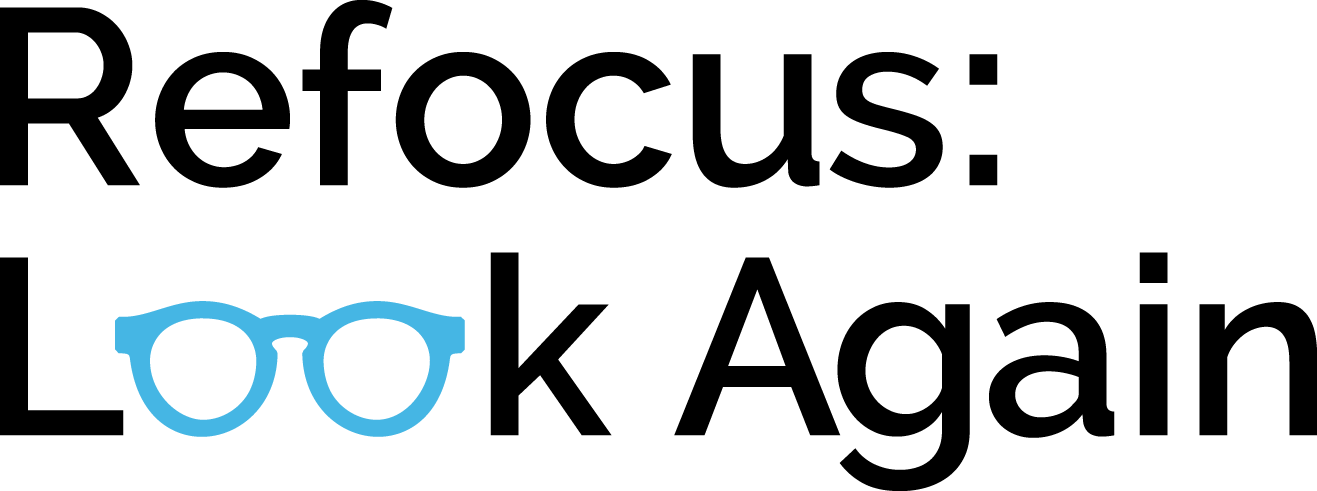“Therapy drastically changed my life. So much shame can be internalized when you grow up believing who you are is wrong.” Huffington Post asked LGBTQ members of their Twitter and Facebook communities to share how therapy transformed their lives for the better. Click the title to access the full article.
Stigma and LGBTQ Consumers
Hiding to avoid rejection causes anxiety, fear, and isolation
A shareable graphic for social media, websites, and beyond. “Many LGBT people—particularly youth and seniors—experience higher rates of rejection, bullying, harassment, general mistreatment and even violence from the people and institutions that should be protecting them,” says Delores A. Jacobs, chief executive officer of the San Diego LGBT Community Center. “The enormous effort of… hiding in order to avoid rejection from their families, employers, churches, schools, friends and neighbors can create an even greater sense of anxiety, fear and isolation.”
Embracing Pride and the LGBT+ Community in Recovery
Tessa Torgeson shares her personal experience as a member of the LGBT+ community who is also in recovery from addiction. “For myself, the intersections of addiction and LGBT identity are so complex… We weren't given the social or political power to have public space. So, bars and underground clubs were our space... so addiction can sometimes become a learned behavior. For me, it was alcohol. I used it to suppress my identity.”
Stigma Against Gay People Can Be Deadly
The Anti-Stigma Project defines Double Stigma as: how the stigma associated with race, religion, age, sexual orientation, etc. is compounded by an additional layer of stigma related to behavioral health challenges. This article from the New York Times illustrates how stigma associated with the LGBTQIA+ experience can affect behavioral health and access to behavioral health services, and the strong psycho-social impacts of removing that stigma. Click the title to access the full article from the New York Times.
Transgender and non-binary people face health care discrimination every day in the US
“Transgender and non-binary individuals have higher rates of depression and thoughts about suicide. They are also significantly more likely to attempt suicide. These increased rates are not due to being transgender, but from dealing with stigma, lack of acceptance and abuse.” Click the title to access the full article from Medical Express.

